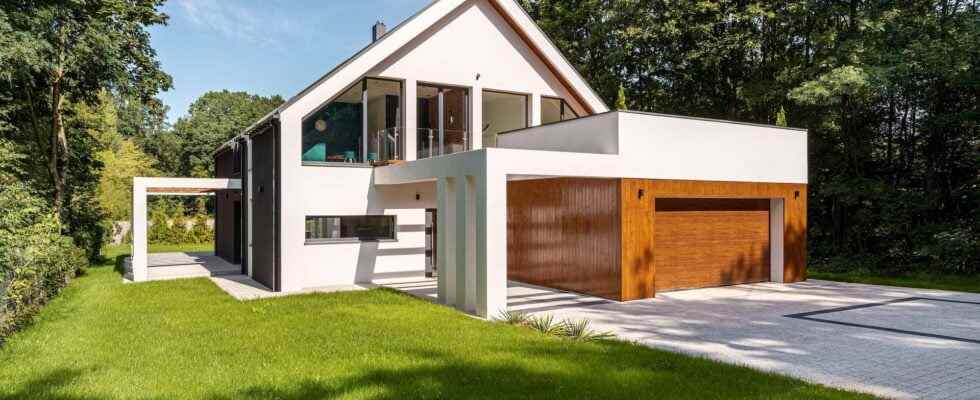Faced with climate challenges, the construction sector now has a new construction system to replace traditional concrete. Called TimberRoc, the latter is a wood concrete that uses sawmill co-products and pulpwood. An additional solution to decarbonize a sector that really needs it.
You will also be interested
[EN VIDÉO] In 2050, our habitats will be transformed Humanity should have 2.2 billion additional people in 2050, as many people as it will take to house. This demographic pressure causes a constant increase in the artificialization of the soil, a disaster for the ecosystems which find themselves fragmented and destroyed. However, there is not one, but two solutions to this problem!
The decarbonization in the construction sector is regularly talked about. If many concretes stamped “low carbon » are offered by cement manufacturers (LafargeHolcim, Cemex, Calcia, etc.), CCB Green tech goes further in its approach. Imagined a little over 15 years ago by François Cochet, founder of the CCB Greentech company, the concrete of wood consists, like conventional concrete, of a binder natural, in this case cement (to ensure resistance and durability) and water. On the other hand, it is distinguished by integrating, instead of the inert aggregates usually used, 60% of certified wood aggregates (sawmill co-products, pulpwood). PEFC and sourced from regional forests.
A negative carbon footprint
A composition that ensures construction elements (load-bearing or not) made of wood concrete have an excellent carbon footprintbetween -40 and -70 kg Co2e/m2 for a thickness of 30 centimeters. By way of comparison, a concrete block installed with a thick joint emits 16 kg Co2e/m2and 40 kg Co2e/m2 for a classic clay brick. Note that for a thickness of 24 centimeters, TimberRoc incorporates 77 kilograms of wood per square meter compared to 13.5 kg/m2 for a timber frame construction 145 millimeters thick. However, it was after receiving an initial technical opinion in 2010 from the Scientific and Technical Building Center (CSTB) and feedback from more than sixty constructions (collective, individual housing, etc.) that CCB Greentech decided, in 2021, to develop this principle of construction by setting up a production and R&D plant in Isère in a former industrial wasteland rehabilitated for the occasion.
A naturally insulating material
Due to their composition, TimberRoc wood concrete panels provide residents with excellent thermal comfortbeen like winter. On the one hand, thanks to a inertia important and on the other hand, by naturally regulating water vapour. I’soundproofing is not to be outdone since these panels have a sound reduction level of Rw > 57 dB for a wall 20 centimeters thick. Finally, wood concrete has an excellent fire resistance. Compatible with traditional construction techniques, TimberRoc panels can receive many finishes (coatings, siding…). By fulfilling the objectives ofenergetic efficiencywood concrete meets the requirements of the new environmental regulations 2020 (RE2020).
What you must remember
- Pulpwood is not usable for lumber.
- Precast wood concrete panels are three times lighter than their concrete counterpart.
- Unique technology, wood concrete is protected by 10 patents.
Interested in what you just read?
